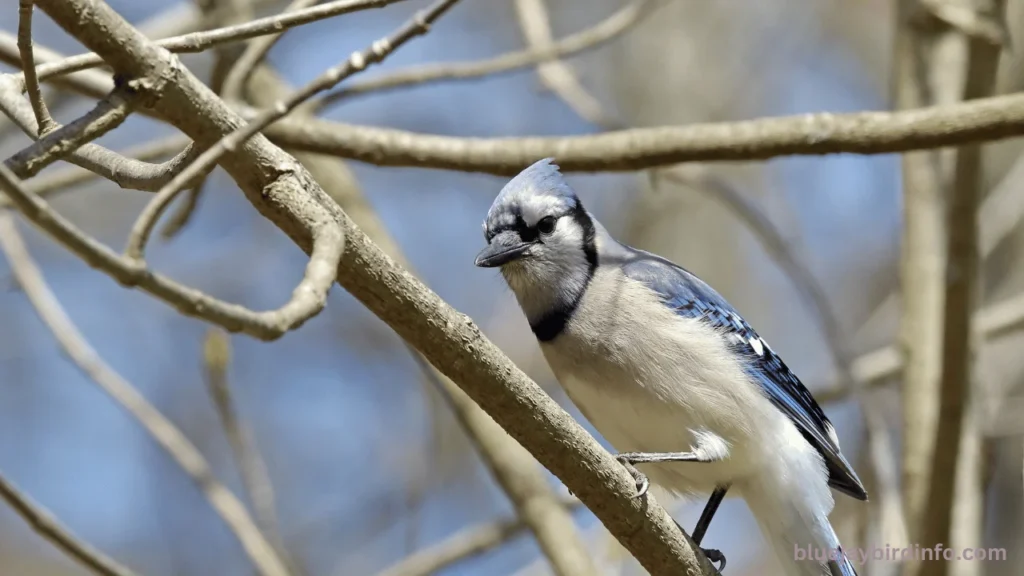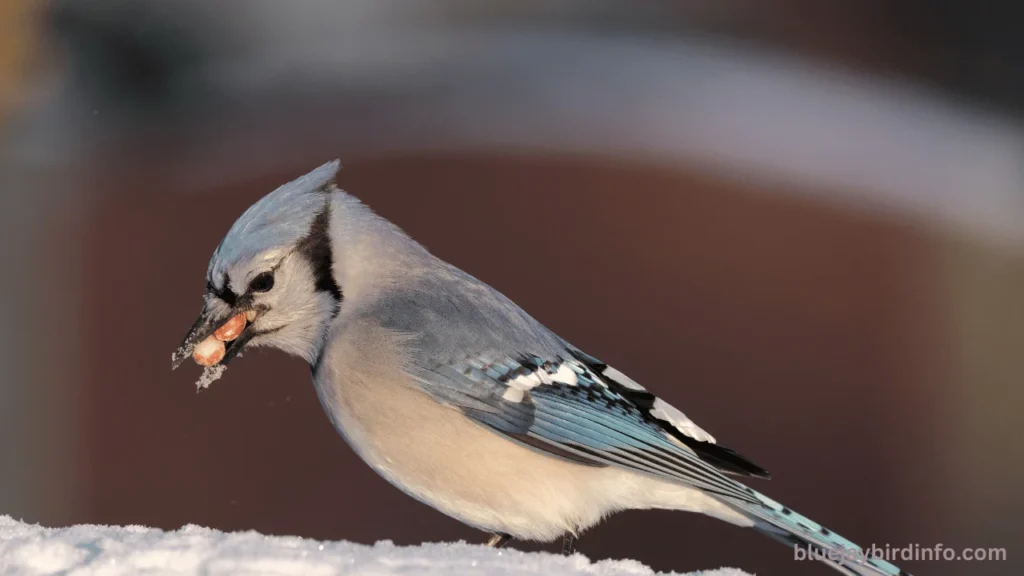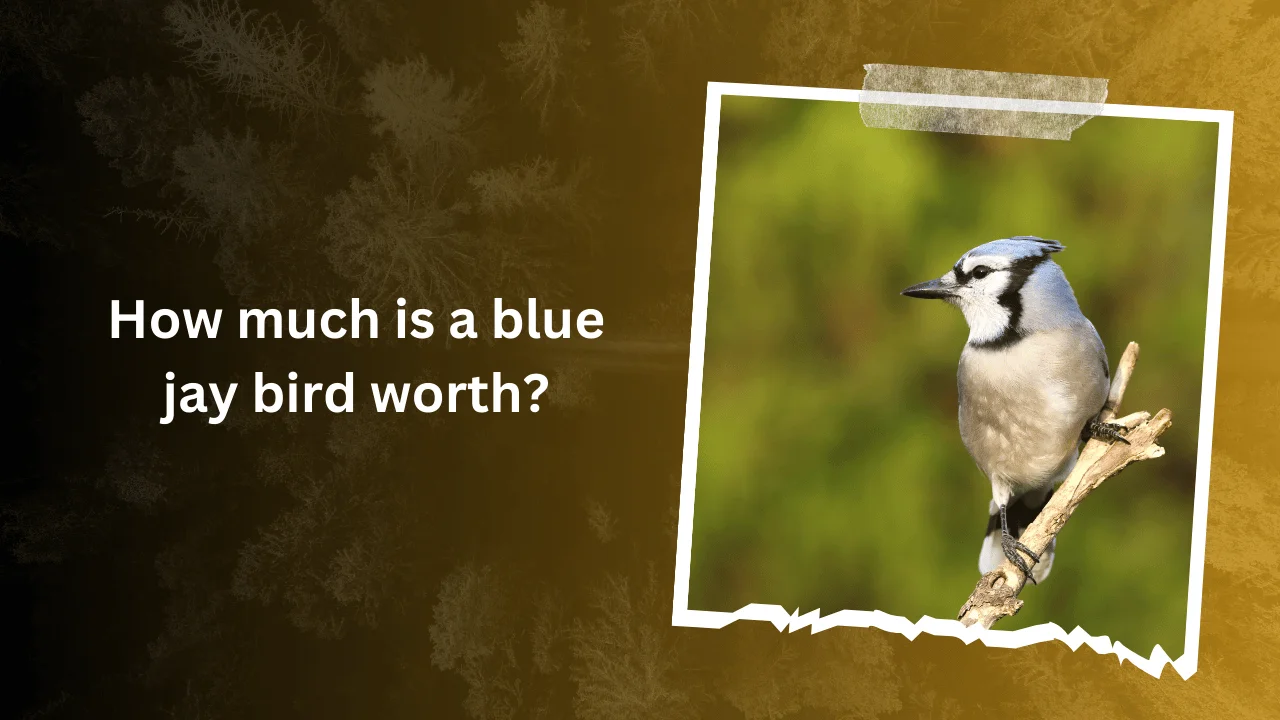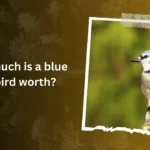Have you ever watched a flash of blue streak across your backyard, leaving behind a cacophony of calls?
That, my friend, is a Blue Jay, a vibrant and intelligent bird that’s much more than just a feathered visitor. Sure, you might wonder if there’s a price tag on this feathered friend, but the truth is, their worth goes far beyond a simple dollar amount.
As nature enthusiasts, we often appreciate the beauty of wildlife. But have you ever considered the ecological and cultural significance of birds like the Blue Jay?
These fascinating creatures play a vital role in our environment, from spreading seeds to inspiring artists. So, before you dismiss the Blue Jay as just another backyard chatterbox, let’s delve deeper and discover the true value this bird brings to our world.
In this blog post, we’ll explore the unseen contributions of Blue Jays.
We’ll uncover their role in maintaining healthy ecosystems, the economic impact they have on our communities, and even their place in folklore and art. By the end, you’ll gain a newfound appreciation for these blue-feathered wonders and understand why they’re more valuable than you might think!
Contents
The Ecological Value of Blue Jays

Blue jays are not just pretty birds; they play a crucial role in maintaining ecological balance. As seed dispersers, they contribute to forest regeneration by carrying and planting seeds far and wide.
They also act as pest control agents, feeding on insects that can damage crops and gardens. Additionally, blue jays can serve as indicator species, providing valuable insights into the health of ecosystems.
Their presence or absence can signal changes in habitat quality and environmental conditions.
The Economic Impact of Blue Jays
Blue jays contribute to local economies through ecotourism and birdwatching. Birdwatchers and nature enthusiasts often travel to areas known for their bird populations, including those with abundant blue jays.
This generates revenue for local businesses, such as hotels, restaurants, and tour operators.
While blue jays can sometimes be considered pests by farmers due to their habit of raiding bird feeders and gardens, their overall impact on agriculture is relatively minor. In fact, they can also help control populations of harmful insects.
Blue jays are also valuable subjects for scientific research and education. Studying their behavior, migration patterns, and ecological interactions can provide valuable insights into broader ecological processes.
The Cultural Significance of Blue Jays
Blue jays have captured the imagination of people for centuries. They are often featured in art, literature, and mythology. Their striking blue plumage and distinctive calls have inspired poets, painters, and storytellers.
In many Indigenous cultures, blue jays hold significant cultural and spiritual meaning. They are often associated with intelligence, communication, and transformation.
Threats to Blue Jay Populations
Like many other bird species, blue jays face a variety of threats. Habitat loss and fragmentation due to urbanization and deforestation are major concerns. Climate change can also impact their breeding and migration patterns.
Predation and disease are additional threats to blue jay populations. Predators such as hawks, owls, and snakes can prey on blue jays, while diseases like West Nile Virus can weaken their immune systems.
Conservation Efforts and the Future of Blue Jays
To protect blue jay populations, various conservation organizations and initiatives are working to conserve their habitats and reduce threats. These efforts include habitat restoration, public education, and citizen science programs.
Citizen science plays a crucial role in monitoring blue jay populations and collecting valuable data. By participating in birdwatching and reporting sightings, individuals can contribute to conservation efforts.
Education and awareness are essential for inspiring people to take action to protect blue jays and their habitats. By learning about the importance of these birds, we can make informed decisions and support conservation initiatives.

Conclusion
Blue jays are more than just beautiful birds; they are vital components of our ecosystems and cultural heritage.
By understanding their ecological, economic, and cultural significance, we can appreciate their value and take steps to protect them. By supporting conservation efforts and making informed choices, we can ensure that future generations can continue to enjoy the beauty and wonder of blue jays.
FAQ’s
Are blue jays beneficial to gardens?
While blue jays can be beneficial by controlling insect populations, they can also be detrimental to gardens by raiding bird feeders and stealing seeds.
Do blue jays migrate?
Some blue jay populations migrate, while others are year-round residents. Migration patterns can vary depending on geographic location and weather conditions.
What do blue jays eat?
Blue jays have a diverse diet that includes insects, seeds, nuts, fruits, and sometimes small vertebrates like lizards and frogs.
Why do blue jays mimic other birds?
Blue jays are known for their ability to mimic the calls of other birds. This behavior can serve various purposes, such as attracting mates, defending territory, or deceiving predators.
How can I attract blue jays to my backyard?
To attract blue jays to your backyard, you can provide bird feeders filled with sunflower seeds, peanuts, and suet. Planting native plants that produce berries and nuts can also attract blue jays.
Are blue jays aggressive?
Blue jays can be territorial and aggressive, especially during breeding season. They may chase away other birds and even humans.








